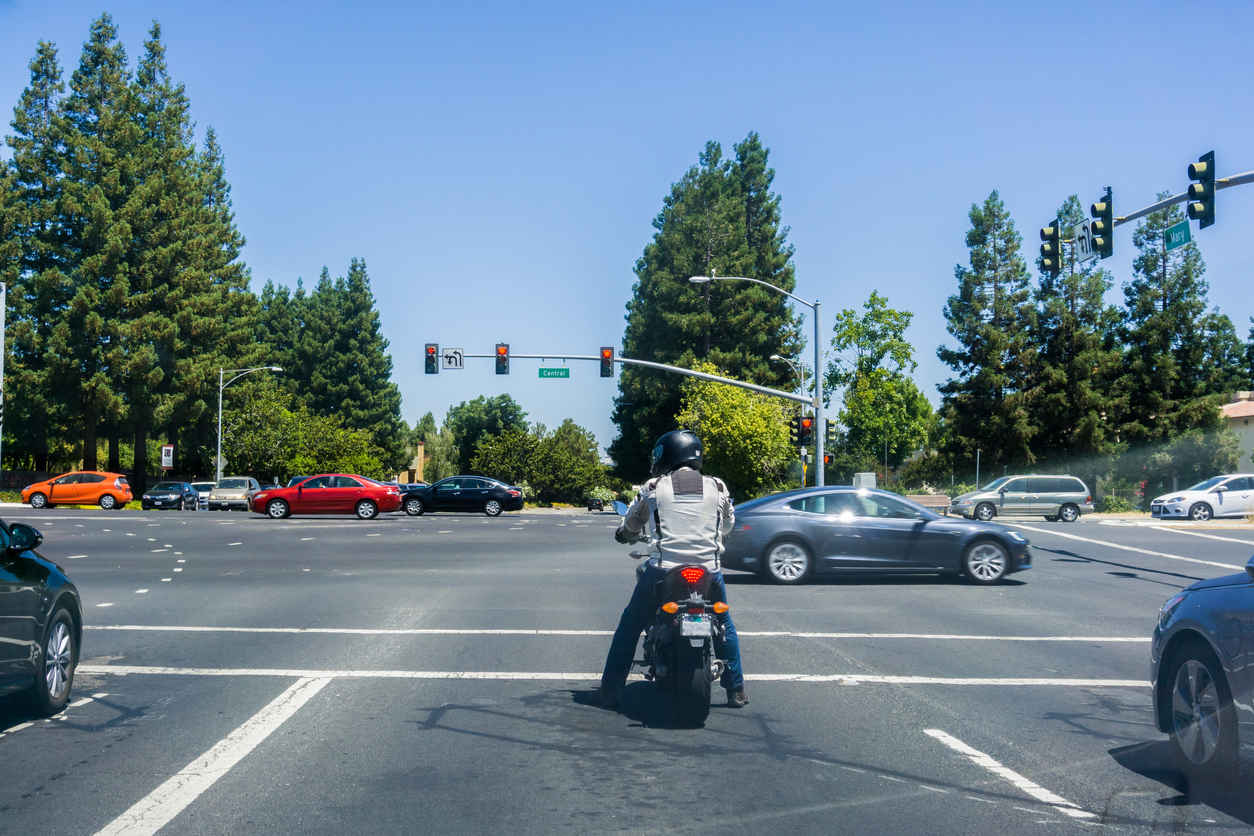Kibbey Wagner | May 2, 2025 | Car Accidents

Almost every driver knows what to do at an intersection with a solid light. But what should you do at an intersection that has a flashing light? Florida traffic laws provide the answer. It’s important that you know exactly what to do in advance, so that you won’t inadvertently cause a car accident out of hesitation or confusion.
What Flashing Lights Mean
The following is a list of explanations of how to interpret flashing traffic lights. The Federal Highway Administration sets uniform standards for traffic control devices, and Florida adheres to these standards.
Flashing Yellow Light
A flashing yellow light means proceed with caution. Slow down and look around. You don’t have to stop, as long as it is safe to proceed. You should watch out for pedestrians and other vehicles. In the event of an accident, you might be partly at fault if you saw a vehicle coming but didn’t stop.
Flashing Yellow Arrow
A flashing yellow arrow allows you to turn, but requires you to yield to oncoming traffic and pedestrians. This type of flashing light is designed to reduce left-turn crashes and improve traffic flow.
Flashing Red Light
Treat a flashing red light as an ordinary stop sign (not a four-way stop). Come to a complete stop and proceed only when you can confirm that it is safe to do so.
Flashing Green Light
In Florida, as well as the rest of the US, a flashing green traffic light is not a standard traffic signal. If you see one, it means that the signal is malfunctioning. As such, you should treat the intersection as a four-way stop.
If the Light is Completely Out
If you run into a light that is completely out, treat it as if it were a four-way stop.
Danger From Drivers Who Don’t Understand the Rules
Any experienced driver knows that the best way to avoid an accident in the long run is to be cautious of other drivers and anticipate that they may not follow all traffic rules.
When you run into a flashing traffic light, take the following precautions:
- Seek eye contact with the other driver(s).
- Use your signal well in advance of any turn. Use hand signals, if necessary.
- Proceed slowly, even if you have the right of way. The other driver might not realize you have the right of way.
- Keep a close eye on what other drivers are doing and not doing.
In general, always maintain situational awareness–turn down the radio and take the time to understand what is going on around you. Imagine potential accident scenarios in your head, and decide how you would respond to any one of them.
Contact Kibbey Wagner Injury & Car Accident Lawyers For Help Today
If you have suffered a personal injury due to the negligence of a Florida driver, you deserve compensation. An experienced Florida personal injury lawyer can help you estimate the true value of your claim and get fair compensation for your injuries.
Don’t worry about upfront costs. Under the contingency fee system that most Florida personal injury lawyers use, you only pay if you win. Contact a Florida car accident attorney for help today.
For more information, please contact the Stuart, Port St. Lucie, or Palm Beach Gardens personal injury law firm of Kibbey Wagner Injury & Car Accident Lawyers to schedule a free consultation today.
We proudly serve Martin County, St. Lucie County, Palm Beach County, and its surrounding areas in Florida:
Kibbey Wagner Injury & Car Accident Lawyers Stuart
73 SW Flagler Ave
Stuart, FL 34994
(772) 444-7000
Kibbey Wagner Injury & Car Accident Lawyers Port St. Lucie
1100 SW St. Lucie West Blvd. Ste 202
Port St Lucie, FL 34986
(772) 247-3374
Kibbey Wagner Injury & Car Accident Lawyers Palm Beach Gardens
300 Ave of the Champions Ste 170
Palm Beach Gardens, FL 33418
(561) 944-4000
